Guide to Performance Marketing Management
Advertisements are a big part of marketing. The global advertising market was worth about $650 Billion in 2020. The sole reason behind this is the ability to scale marketing operations quickly.
Organic marketing is cost-effective but requires time to deliver results. For short-term explosive growth, you need paid advertisements. With all the technological advancements, it is possible to track everything in real-time. This has led to the emergence of Performance Marketing. Its model is similar to PPC but includes a varying degree of desired outcomes.
Performance marketing focuses on delivering results. This means that all the attention is put to the end result – ROI.

What is Performance Marketing?
Performance marketing encompasses all marketing and advertising activities where advertisers and marketers are paid based on the measurable results they deliver. The results can be clicks, leads generated, a sale, conversions, or any other desired action. The benefit to this approach is that a firm is only paying for the results delivered.
Performance marketing is a more clinical approach to digital marketing. Big businesses and brands have the resources to run extensive brand awareness campaigns. Small and medium businesses on the other hand have limited resources. This makes performance marketing a value proposition for small and medium businesses. They maximize their marketing ROI with this approach and fulfill marketing objectives within the constraints of their limited resources.
How does Performance Marketing Work?
Let’s explore different types of performance marketing and understand their mechanisms. The advertiser has their ads put up on a given marketing channel. The desired action to be paid for forms the basis of the distinction between the performance marketing types.
Pay-per-Click (PPC)
A pay-per-click model charges you when your ads are clicked on. So, if 100 people click on your ad, you are charged for each of them regardless of what happens after. Even if non of these convert, you are charged for them.
Cost-per-Impression (CPM)
A CPM campaign is effective in terms of building outreach and raising brand awareness. Here, an impression is an ad view. The cost of a CPM campaign is calculated per thousand impressions.
Cost-per-Sale (CPS)
This performance marketing model is predominantly observed in the affiliate marketing space. A firm will pay a fee to the advertiser/affiliate for every sale that is driven from their end. Many companies deploy a CPS model where they would pay a cut to whoever brings a customer to them.
Cost-per-Lead (CPL)
In a CPL model, you pay the advertiser when a lead is acquired by you. This is used both with general advertising (through conversion tracking) and lead generation services. This is ideal for businesses that have a sales framework in place and want to pay for leads.
Cost-per-Acquisition (CPA)
CPA is similar to CPL. The difference is due to the broader scope of the desired action. In a CPA campaign, you pay an advertiser when a user commits a certain action. The action could be filling up a form, making a purchase, sharing their contact details, visiting a certain webpage, downloading an ebook, etc.
Role of a Performance Marketer
The performance-oriented nature of performance marketing presents a different set of demands from marketers. They are as follows:
Being in Sync With The Market And Various Trends
A performance marketer will only get paid when he delivers the result. This requires him to be up to date with the latest trends in the market. Having a good understanding of the market and the developments in it is quite crucial for this role.
Formulating Effective Marketing Strategies
A good marketing strategy is key to delivering marketing performance. A performance marketer will need to create suitable marketing strategies that will generate results. Positive impressions and the right message delivery will drive the audience to commit the desired action.
Using Data Analysis to Track Performance
A performance marketer needs to eat and sleep data and be a master of analysis. Analyzing data in real-time provides a lot of insights and opportunities to improve. A performance marketer must utilize appropriate tools to track and control various parameters of the campaign. It will enable him to keep the performance in line with the requirements and report about it to the clients as and when necessary.
Choosing The Right Performance Marketing Channels
Different performance marketing channels are suitable for different purposes and marketing approaches. Accordingly, a performance marketer will need to choose the right performance marketing channel or the right mix of multiple channels.
Taking Decisions Swiftly
Performance marketing is demanding. One needs to deliver results within a stipulated time frame. Even the market conditions are dynamic and need to be accounted for. Using the insights and instincts, a performance marketer needs to tweak the campaign in such a way that it stays effective. This ensures the delivery of the expected results.
Collaborate With The Team
Performance marketing is a collaborative effort. There are multiple team members, each of whom is a specialist in what they do. As a performance marketer, you will need to collaborate with everyone and get them to perform well as a team.
Performance Marketing Channels
There are different performance marketing channels with each one being suitable for a different purpose. Here we shall discuss the top channels.
Display Ads
Display ads (commonly banner ads) have existed for a long time since the early days of the internet. These are the ads you see on the sides, top, or bottom of a webpage. Banner ads used to be very effective but have fallen behind due to the rise of ad blockers.
Yet, many businesses have been successful at utilizing banner ads to their full potential using a personalized targeting approach, especially on social media. These ads are also cheaper than many other forms of campaigns.
Native Advertising
With native advertising, ads are strategically placed besides relevant content and web pages in the form of suggestions. Since they match the look and feel of the overall website, you are able to advertise in a more natural and seamless way.
Social media platforms offer a big opportunity for performance marketing. With 4.6 billion active users, you can reach your target audience effectively and easily. All the top social media platforms offer paid advertising. With accurate ad targeting parameters, your business can effectively reach its target audience.
Search Engine Marketing
Search engines drive the majority of the internet traffic. As of 2022, almost 3.5 billion searches are processed each day and that is just Google. SEM combines sponsored search results and native advertising. Every time you search for a query, the first few SERP results are marked as ‘sponsored’ or ’ad’. High search volume and native placement make SEM a very effective option.
Mobile Advertising
People carry their smartphones with them at all times. Using these as an advertising medium, you can reach them directly at any time. Ads can be delivered either through text messages or banner ads and push notifications through apps that provide free service in return for serving ads.
Top 5 Performance Marketing Tools
1. Salespanel
Salespanel leverages first-party data to help you track your performance marketing campaigns and generate quick reports. You can identify strong channels, visualize the customer journeys, and put all the pieces together to analyze performance. It is ideal for B2B businesses that need a marketing analytics framework that connects with the rest of their sales and marketing workflow.
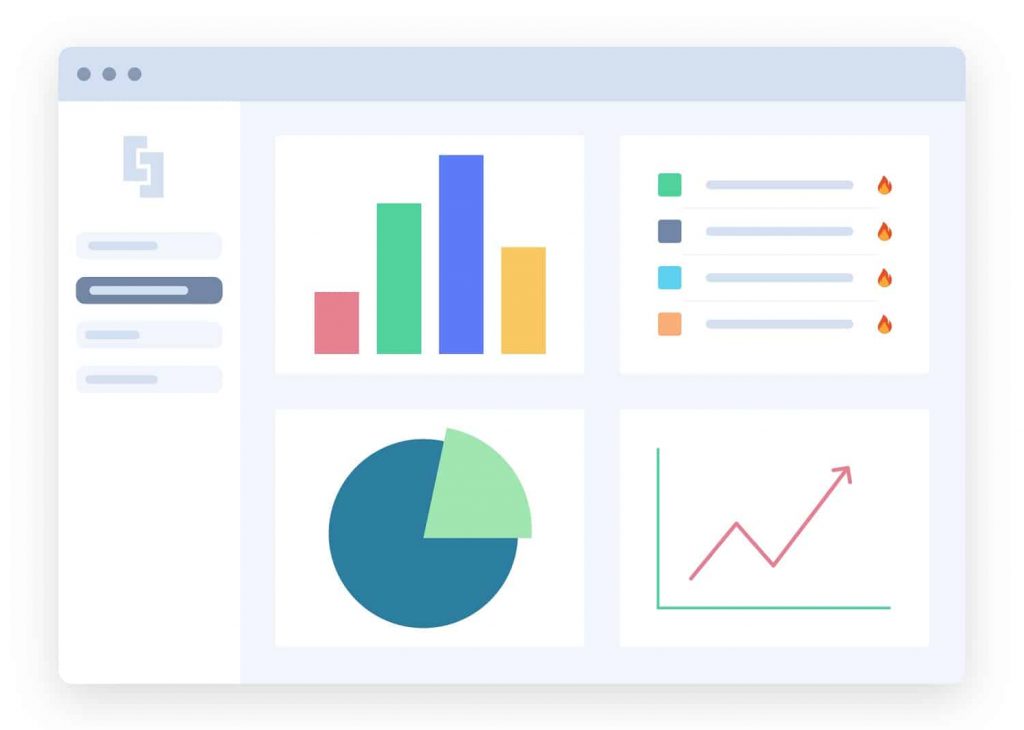
Salespanel offers a 14-day free trial and plans start at $149 per month.
2. Affise
Affise is a powerful performance marketing tool that is data-driven to help you grow. Can collect and analyze all required data. It has a customizable dashboard and you can choose from 50 different data visualization templates.
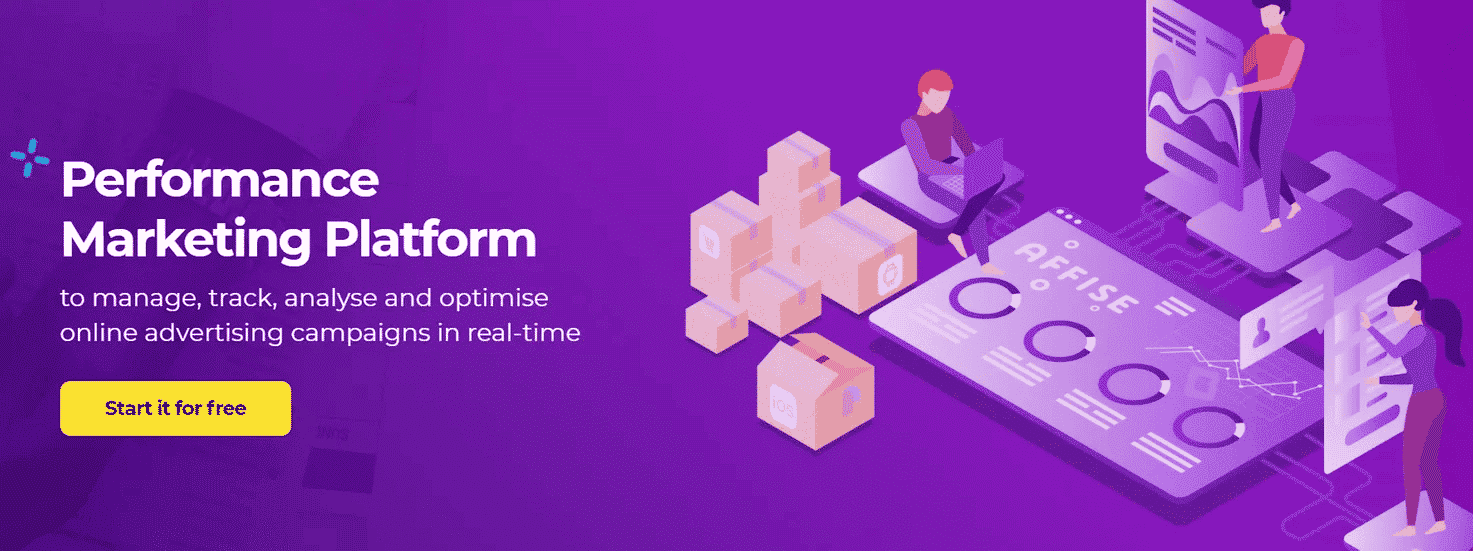
Affise offers a 30-day free trial and their paid plan starts from $500 a month.
3. AnyTrack
Conversion-related data is important and AnyTrack knows this the best. It enables you to monitor and track conversion data and plug it into your marketing tools. Having this data will enable you to optimize your marketing efforts for conversions.
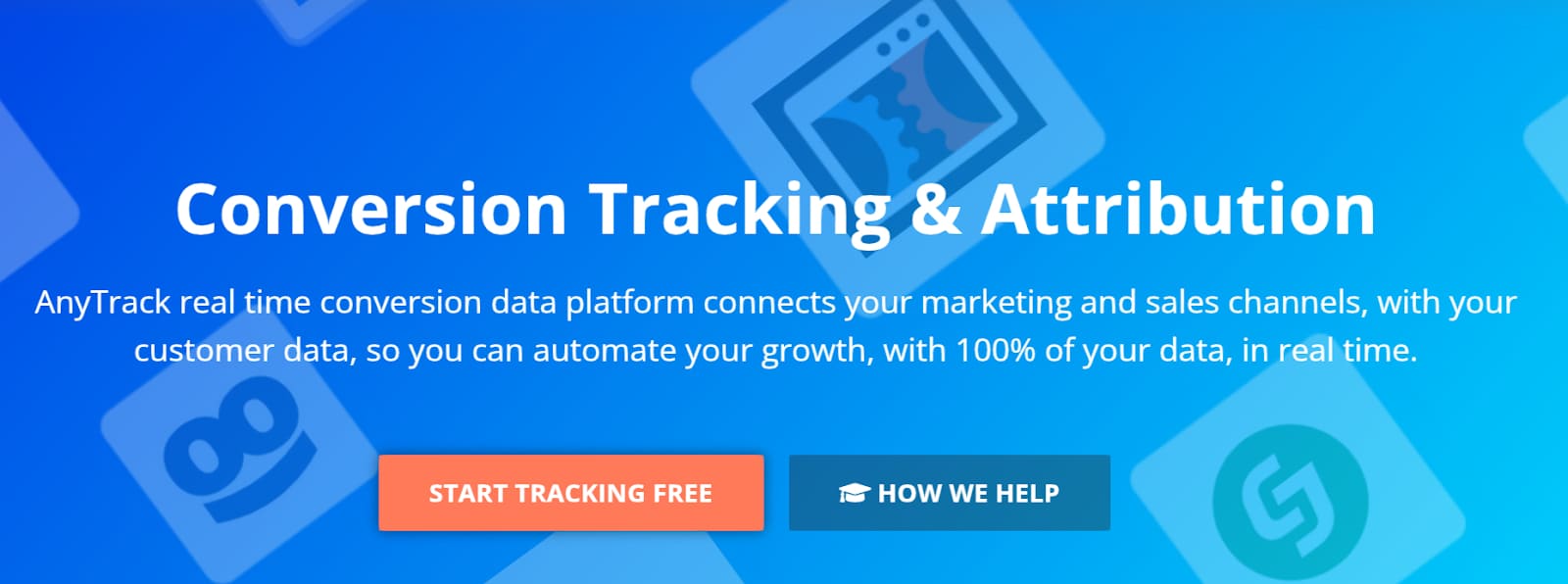
Performance marketers can thus generate and deliver results more seamlessly. They offer a 14-day free trial and their paid plans start from $50 per month.
4. Clickmeter
Clickmeter is a special tool that allows a user to track and monitor marketing and advertisement links. This functionality allows you to see which advertisements are yielding results and which can be improved.
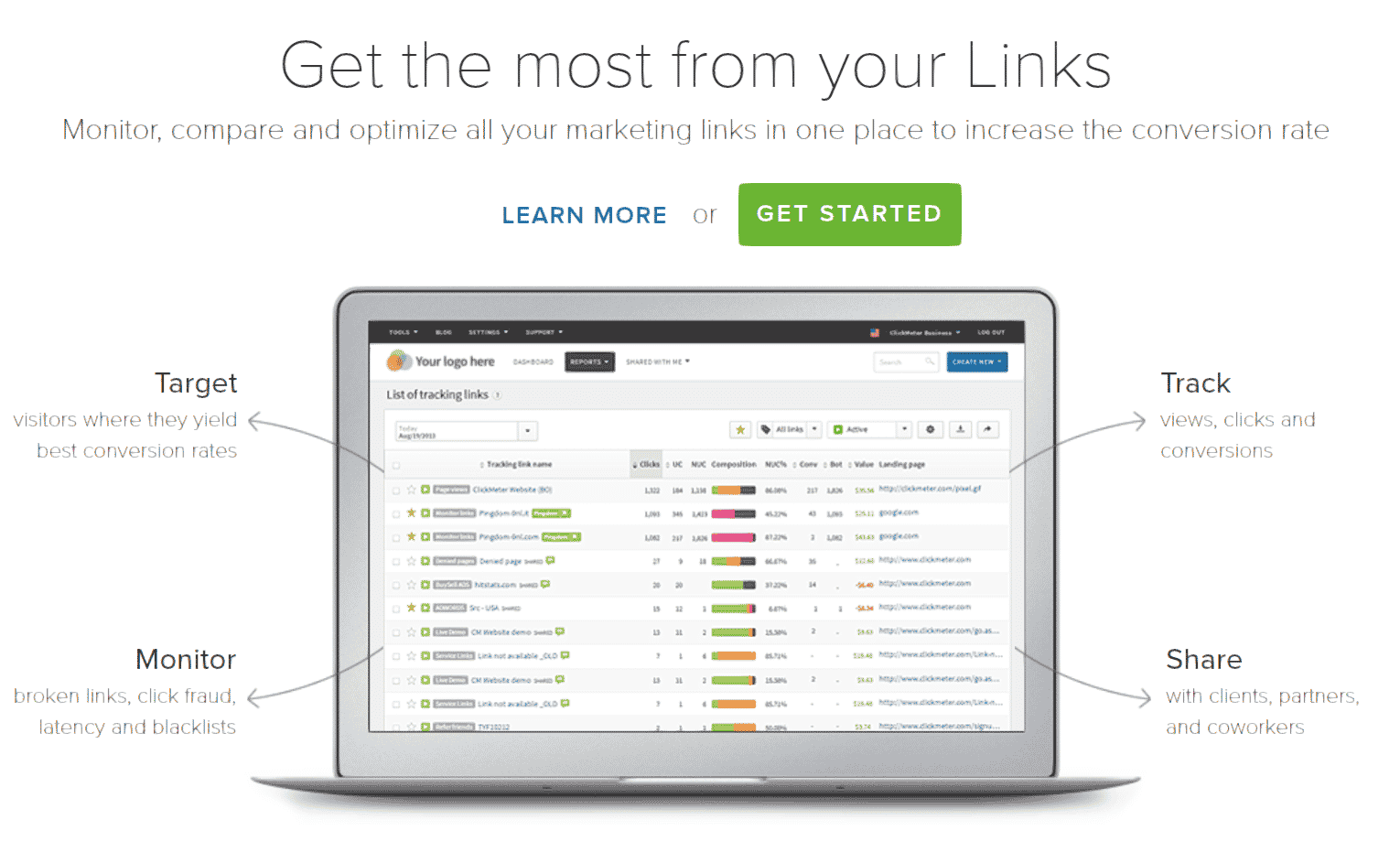
A performance marketer can optimize links with the available insights for maximizing conversions. They do not offer a free trial. Paid plans start at $29 per month.
5. LeadDyno
LeadDyno is a powerful tool for affiliate marketers. As the scope of work for performance and affiliate marketing overlap in some respects, one can use this tool to run affiliate performance marketing campaigns.
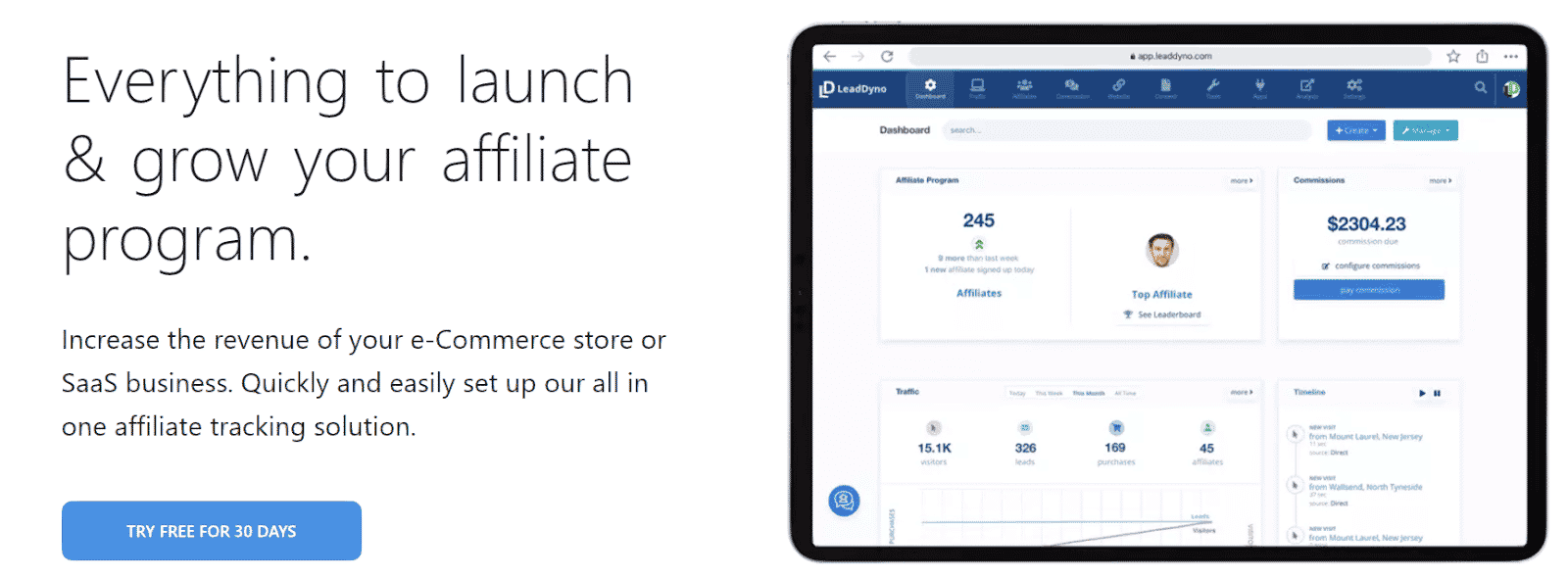
They offer a 30-day free trial and their plans start at $30 per month.
Conclusion
Performance marketing enables you to measure everything, be it impressions, conversions, leads, sales, etc. You have extensive control right from the entire campaign down to a single ad. You can use all of this to optimize the conversion capability of your campaigns to deliver results and grow your business. An experienced performance marketing team would perform rapid experiments to draw results faster.
Sell more, understand your customers’ journey for free!
Sales and Marketing teams spend millions of dollars to bring visitors to your website. But do you track your customer’s journey? Do you know who buys and why?
Around 8% of your website traffic will sign up on your lead forms. What happens to the other 92% of your traffic? Can you identify your visiting accounts? Can you engage and retarget your qualified visitors even if they are not identified?


